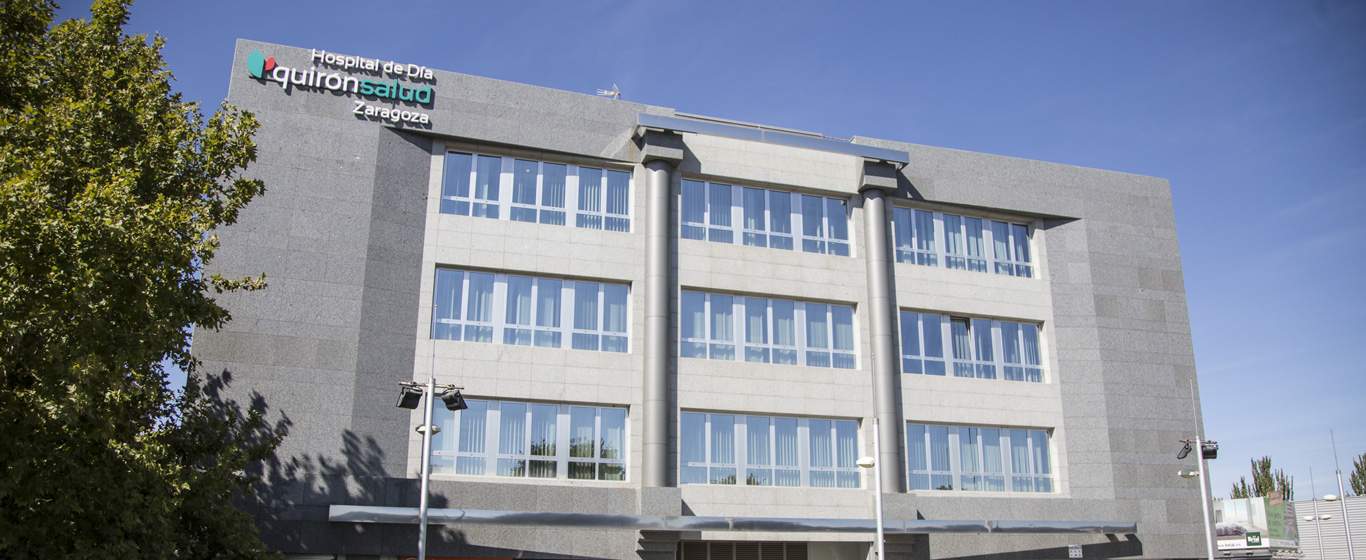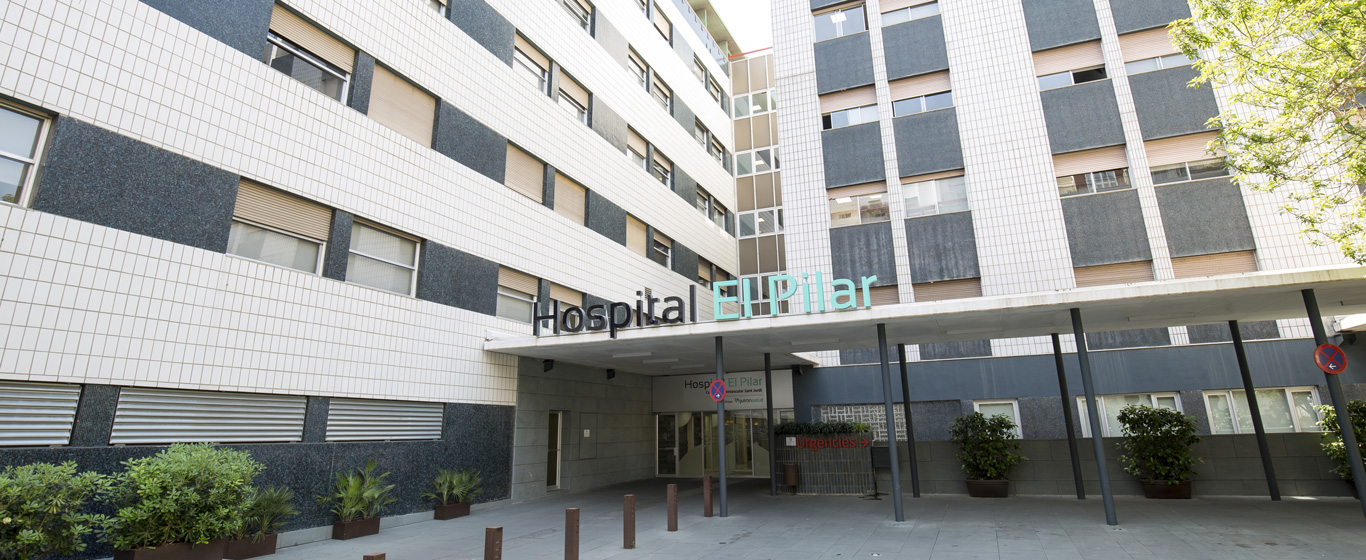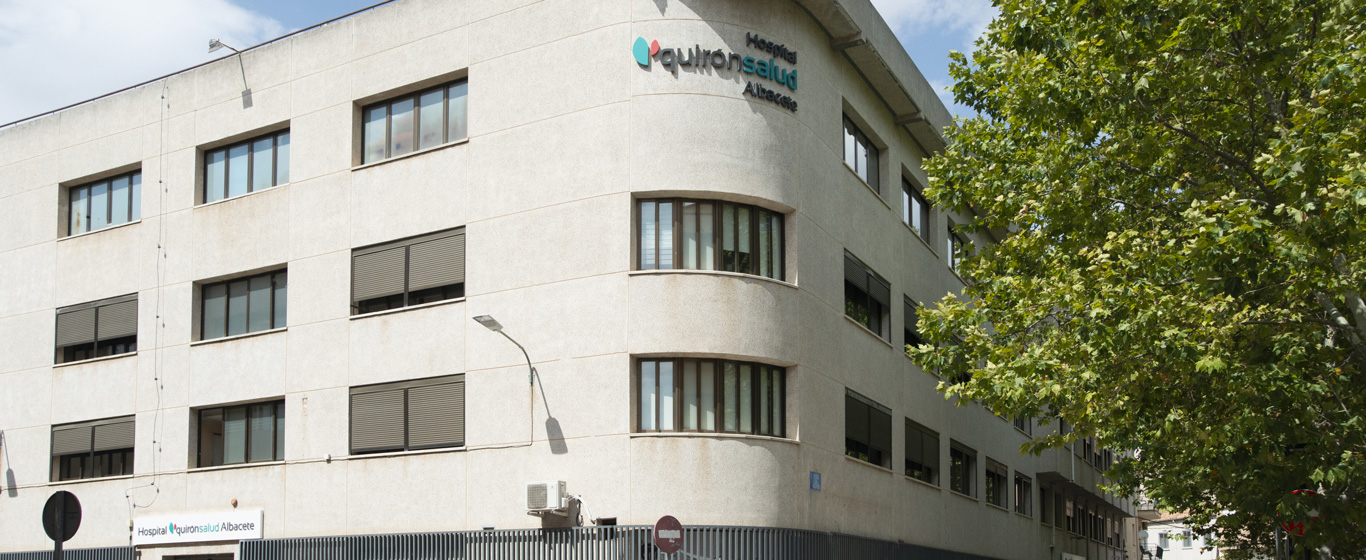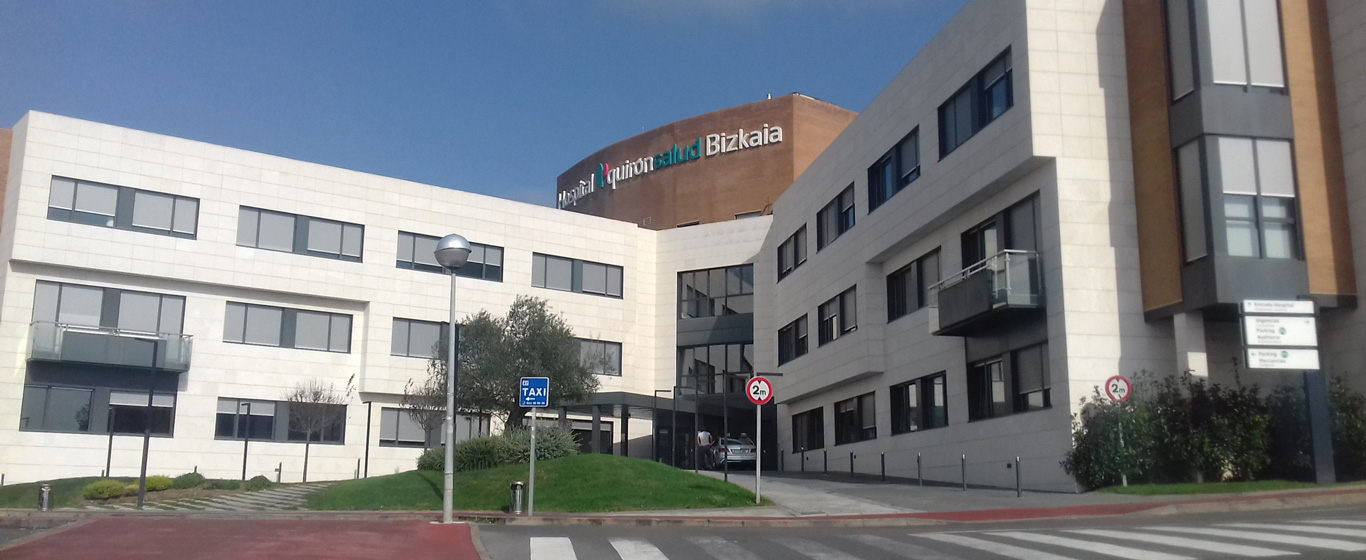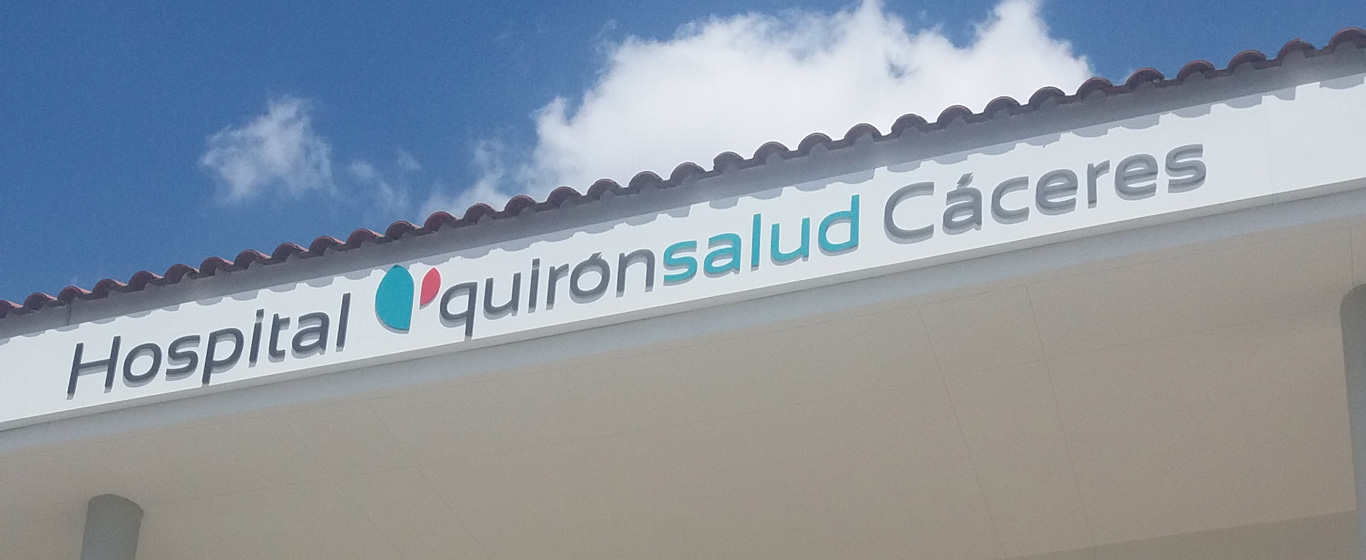Bone Densitometry (DEXA)
A bone densitometry scan is a diagnostic technique that measures bone mineralization levels through the application of ionizing radiation (X-rays) to obtain images of the body's bone structures.

General Description
Bone densitometry, technically known as dual-energy X-ray absorptiometry (DEXA), is a procedure that uses X-rays to determine bone mineral density, meaning the content of minerals such as calcium and phosphorus in the bones, as well as the risk of fracture.
Normal bone mineral density values range between 0.97 g/cm² and 1.28 g/cm². The interpretation of densitometry results is based on two values, which indicate bone mineral density in relation to the variation from the average:
Z-score: Indicates the deviation of the bone mineral density value from the normal values for the patient's age and sex.
T-score: Indicates the deviation from the peak bone mineral density of a healthy person of the same sex, which is theoretically reached at age 30. A T-score of -1.0 or higher is considered normal bone density. If the score falls between -1.0 and -2.4, the density is low (with an increased risk of fracture). If the deviation is -2.5 or lower, the bone density is considered very low.
When Is It Indicated?
Bone densitometry is the reference test for diagnosing osteoporosis, as well as for monitoring it and assessing fracture risk. Additionally, it helps detect osteopenia, a condition that often precedes osteoporosis. Therefore, bone densitometry is recommended in the following cases:
- Postmenopausal patients (a decrease in estrogen levels is a risk factor for osteoporosis).
- Patients with diseases associated with bone loss, such as rheumatoid arthritis, chronic kidney disease, or chronic liver disease.
- Patients with metabolic disorders, such as diabetes, hyperthyroidism, and hyperparathyroidism.
- Patients with eating disorders, such as anorexia or bulimia.
- Patients taking medications that cause bone loss, such as thyroid hormone, certain corticosteroids, some antiepileptics, or certain immunosuppressants, among others.
- Family history of osteoporosis.
- Personal history of smoking or excessive alcohol consumption.
- Personal history of hip fractures or fractures from minor trauma.
- High collagen levels in a urine test (a sign of high bone turnover).
- Radiographic signs suggestive of osteoporosis.
How Is It Performed?
The standard technique is called central bone densitometry, which measures bone density in specific bones, usually the spine and hip. The patient lies on their back on a table that has an X-ray generator underneath and a radiation detector in the form of an arm above. The generator emits two X-ray beams that pass through the bone while the arm moves slowly over the patient. Depending on its density, the bone absorbs more or less energy, and consequently, the amount of energy reaching the detector is greater or lesser (the higher the bone density, the more energy is absorbed and the less energy is detected).
The detector converts the received energy into images displayed on a computer, where specialized software performs the necessary calculations to determine the bone density value.
It is also possible to perform a full-body bone densitometry, a procedure that also measures body fat levels and distribution. Additionally, peripheral bone densitometry can sometimes be conducted using portable devices available in clinics, pharmacies, or mobile health units. These devices measure bone density in the wrist, heel, or finger, although the results are not as precise or detailed as those from central densitometry.
Risks
Exposure to radiation may slightly increase the chances of developing cancer or other health issues. However, the radiation dose used in bone densitometry is very low and does not pose a real risk to the patient (the dose is 0.001 mSv, approximately equivalent to three hours of natural background radiation). Nonetheless, as with any test involving radiation, it is not recommended for pregnant women since the fetus is more sensitive to radiation.
What to Expect from a Bone Densitometry Scan
Central bone densitometry is performed in a radiology room. Before starting, the patient must remove clothing and metal objects and wear a medical gown. To evaluate the spine, the patient lies on their back on the table with their legs bent and supported on a special cushion to keep the pelvis and lower back flat. To evaluate the hip, the legs are stretched out, and one foot is placed in a brace to rotate the hip inward.
During the procedure, the patient must remain still to avoid blurry images. They may be asked to hold their breath at certain moments. The application of X-rays is completely painless, so the patient will not feel anything.
The test usually lasts a maximum of 30 minutes. It is an outpatient and non-invasive procedure, after which the patient can resume their routine normally, without requiring rest or special care.
Medical Specialties That Request Bone Densitometry
Bone densitometry is commonly requested in the specialties of primary care, internal medicine, rheumatology, endocrinology, gynecology and obstetrics, and traumatology.
How to prepare
No special preparation is required before the densitometry scan. However, calcium supplements should be avoided for 24 hours prior to the test. It is also advisable to wear comfortable clothing and avoid metal objects, as metal is visible on X-rays.










































